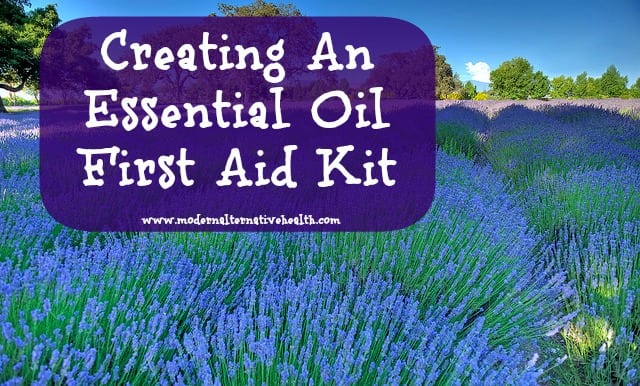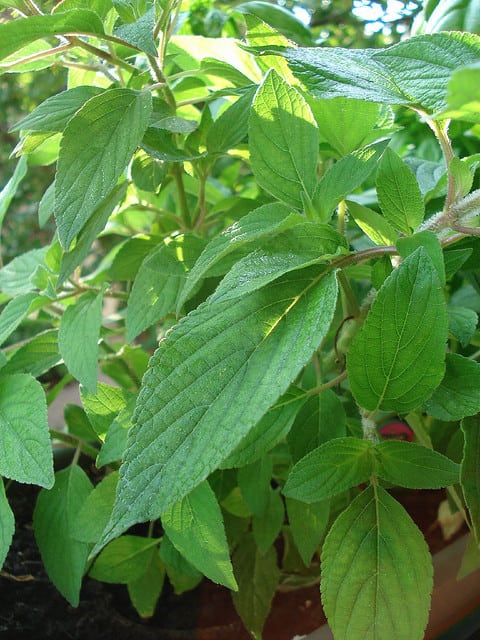 Image by puliarf
Image by puliarf
Written by Karen Morris, Guest Writer
As with anything, make sure that you research your choices and uses of essential oils for yourself. This information is in no way intended to diagnose, treat, or cure any conditions or diseases.
I see it on facebook. I hear it at our local library or when I sit down and talk with other moms. Unnecessary use of pharmaceuticals has begun to be discussed, if not questioned. At the same time, we want to cure the ailment and bring relief from uncomfortable symptoms. How do we reconcile the two? Do we medicate, or do we suffer through?
There is a third alternative to drugs or discomfort. We can safely and effectively treat ailments and their uncomfortable symptoms with essential oils. Essential oils are the volatile liquids distilled from plants. These oils are fifty to seventy times more powerful than herbs themselves. Essential oils have therapeutic properties that when used correctly can provide a relief to symptoms and sometimes even cure an illness.
When I open my medicine cabinet, I see several different categories of remedies. These categories included stomach medications, pain relievers, fever reducers, cough medicines, and skin remedies. Let”s look at these one by one.
 Image by Michael_Lehet
Image by Michael_Lehet
Stomach Medications
Recently, while at family camp, one of my sons came to me with an upset stomach. I took two drops or peppermint essential oil and rubbed it on his stomach. It was only a few minutes before he felt better. That same son came to me a different time at camp with heartburn. Again, I pulled out peppermint essential oil and rubbed one drop on his sternum. His heartburn was gone quickly. Minutes later when I asked him how he felt, he responded with, “Great!”
Pain Relievers
The next time you are looking for a pain reliever, instead of reaching for the Tylenol, try an essential oil blend called PanAway or a 1 to 1 blend of vetiver and valerian. My father suffers from diabetic neuropathy in his feet causing him a great deal of pain. One time when he came over, he complained of foot pain. I offered him some PanAway. He left not long after, but my mom told me later that the pain was gone within fifteen minutes. It worked very well when regular pain relievers didn’t.
Fever Reducers
Essential oils also work well as fever reducers. Recently, my husband came down with a virus that gave him a fairly high fever. Peppermint essential oil on the bottoms of his feet broke his fever and allowed him to rest peacefully that night where he had not been able to before when he tried to “tough it out.” One to two drops of lemon or lime essential oil mixed with eight ounces of water, taken internally also reduces fever.
Coughs Medicines
Coughs seem to be rampant this year for some reason. Almost everyone in my house has had a cough over the last two months. We use frankincense for our coughs. Two drops rubbed on the chest of the coughing culprit helps calm coughs amazingly!
Skin Remedies
Skin problems are just as easily dealt with by the use of essential oils. I recently burned my hand on a pan with which I was cooking. Several drops of lavender essential oil rubbed on the area I hurt kept my hand from burning or scarring. Lavender also works well on sunburns. For scrapes you can use either lavender of myrtle. For healing infected spots on skin, you can use melaleuca (also known as tea tree oil). I had a friend whose husband had MRSA. Since he didn’t have any improvement with antibiotics, he began to use tea tree oil on the infected spot. The infection cleared up. For insect bites or stings of any kind, we use an essential oil blend called purification to reduce the pain and itching. Purification also works with ticks. If you find a tick embedded in skin, a drop of purification on the tick will cause it to back out immediately.
I need to close with one very important note. Any essential oils that you use must be therapeutic grade. Even essential oils simply labeled “100% pure” can be diluted to five percent of its original strength. 95 to 98% of essential oils on the market are either perfume or food grade. Non-therapeutic grade essential oils can be grown using pesticides and non-organic fertilizers or extracted by unnecessary chemical solvents. I never use essential oils which are not marked “100% pure therapeutic grade.”
While antibiotics and other medications are definitely necessary from time to time, using essential oils where possible makes a great deal of sense for both the health of your body and the health of your pocketbook.


Can you please tell me where to get the Panaway? Thanks
I practice healing Reiki and massage. I have studied essential oils and use them frequently on myself, my family and my friends. I have a small plastic zipbag filled with essential oils that I carry with me when I travel. It’s a “First Aide Kit” of sorts. In it I carry, Myrrh, Red Thyme, Roman Chamomile, Cinnamon Leaf, Clove Bud and Lavender. This has come in handy more than once. If you want to learn more please read, The Complete Book of Essential Oils & Aromatherapy, by Valerie Wormwood. ISBN: 0-931432-82-0. ThIs book offers over 600 natural, non -toxic recipes to create health, beauty and a safe home environment.
Karen,
Panaway can be purchased through Young Living. http://www.youngliving.com can give you information on Panaway as well as a myriad of other oils. You can use this link to purchase Panaway or any other oils https://www.youngliving.com/signup/?sponsorid=1415212&enrollerid=1415212.
Donna,
Thanks for the info! There are a lot of great books out there on Essential Oils. I’m glad to see you’ve found one.
Quick question…it’s my understanding that there is no regulation as to who or how companies use the term “therapeutic grade” so how do we know if it’s really any better than the others that don’t make such statements?
FYI There is no such thing as Therapeutic essential oils it is medusa hype http://www.aromaweb.com/articles/therapeuticgradeessentialoils.asp according to NAHA member